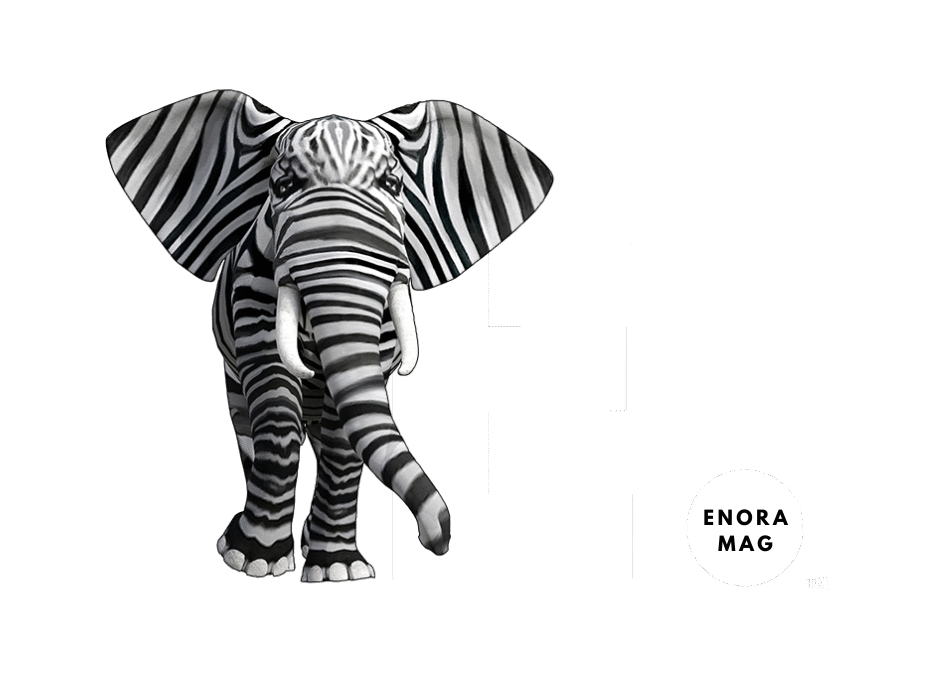I recently read a The New York Times article on how fashion and lifestyle brands are creating their own in-house influencers instead of collaborating with external ones. And I wondered: is this relevant to every startup, business, and organization in every industry?
I think the answer is, yes.
In the years to come, I believe every brand, no matter the size or sector, will need to be their own influencer.
It doesn’t always have to be the CEO or founder. Sure, we’ve seen high-profile founders like Elon Musk or Sam Altman dominate public perception through personal visibility. But small businesses, startups, even solo brands can build trust and traction by spotlighting someone on the team who’s willing to consistently show up with honesty, clarity, and a point of view.
I believe that human touch is going to be more critical than ever in a world where generative AI can manufacture perfectly polished posts on demand.
The Temptation of AI Influencers and Why I Think It’s a Trap
Some brands are already experimenting with AI-generated personas; synthetic influencers that never sleep, never sweat, and always say the right thing.
But not every audience will readily adopt this shift. Some audiences are overtly against AI roll-out (take the recent Duolingo fiasco for example). I would argue that as AI generated content begins to inundate our feeds, many consumers will learn to shun AI content and cling to obviously-human content.
So unless you’re building a metaverse-native or tech-immersive brand, AI influencers are a gamble that may not be worth the risk. I would bet that for 99.9% of businesses, AI should be used as a tool to support your own influencer voice, not replace it.
But I don’t want to be on camera, you say.
If you’re a solopreneur who’s shy on camera, you’re not alone. I resisted being the face of my brand for a long time because I wanted my brand to stand on it’s own. But I’ve come to the conclusion that not showing up is the bigger risk.
Especially for values-driven brands that emphasize ethics, humanity, or emotional intelligence, like mine does.
Being visible is part of the trust equation.
And trust is quickly becoming the new currency as people are becoming increasingly challenged to determine what’s real and what’s not.
If you’re still not ready, here are my best tips for you:
- Partner with aligned external creators who embody your mission. Collaborating with influencers who have built an engaged audience is still extremely valuable to brands.
- Share the spotlight with collaborators, customers, or team members. You can host the faces and voices that share the same values that your brand does. Just ensure you, or someone on your team, serves as the glue that crafts these disparate voices into a consistent presence that represents your brand. Meaning, you still show up consistently as a host, but the value comes from your guest (a collaborator, customer, or team member).
- Build written or audio-based visibility if video feels too vulnerable. That’s how I’m starting. Your audience will still connect to you even if you don’t show up on camera. Add in a photo, and your audience can build a mental profile of you themselves. Some could argue this has it’s own unique value (the difference between reading the Lord of the Rings and seeing the movie).
Tips to Start Building an In-House Influencer That Actually Works
Whether you’re a small team or running solo, here’s how you can start:
1. Be authentic, not overproduced.
You don’t need a studio. You need clarity, honesty, and consistency. Think about what would resonate with your audience the most and figure out how your brand can meet that expectation but stay true to itself.
Then start publishing.
Like with anything, the best way to figure something out and get better at it is to practice.
2. Document, don’t perform.
As Gary Vaynerchuk has preached for years: don’t create—document. Journal your journey. Share behind-the-scenes insights. That real-time window into your world is one of the clearest signals that you are a real person, with struggles and wins, of which your audience can relate.
But be strategic. Keep in mind, you’re carrying the reputation of your brand on your back, so the margin of error is narrow.
I recommend:
- Vetting your content before publishing
- Not posting in emotionally reactive states
- Asking an LLM to simulate how your audience might receive it
- Sleeping on every big content decision
I’ve never once regretted patience.
3. Batch content and build systems.
Create once a week, or even once a month. Schedule in advance. Let systems carry the weight so you can focus on your message.
When you’re a small team, or more critically a solopreneur, your energy is your greatest resource and your biggest limitation. Batch creation can help to manage your energy without burning you out.
4. Prioritize it like it’s your most important job.
If you’re building a brand to attract an audience that you can sell to, I’d argue your public voice is your job. At least 80% of it.
This is how you:
- Build awareness
- Generate leads
- Understand your audience better than any focus group or customer interview could ever hope to
For small teams, I strongly believe one person should fully own this role. If you’re unsure of who that should be, pick the person with the most emotional intelligence or the most relatable. AI can help with everything else.
I think Human Brands Will Always Win
No one can predict the future with 100% accuracy. But we can observe, analyze, and look to our past to determine what outcomes we can expect for the future.
Time and again, humans have always related best to other humans.
And in this emerging era of Artificially Intelligent driven automation, being real is the only lasting advantage. The brands that win won’t be the most efficient, they’ll be the most trusted.
So while this trend is gaining traction with lifestyle brands, I’m confident that it won’t end there.



